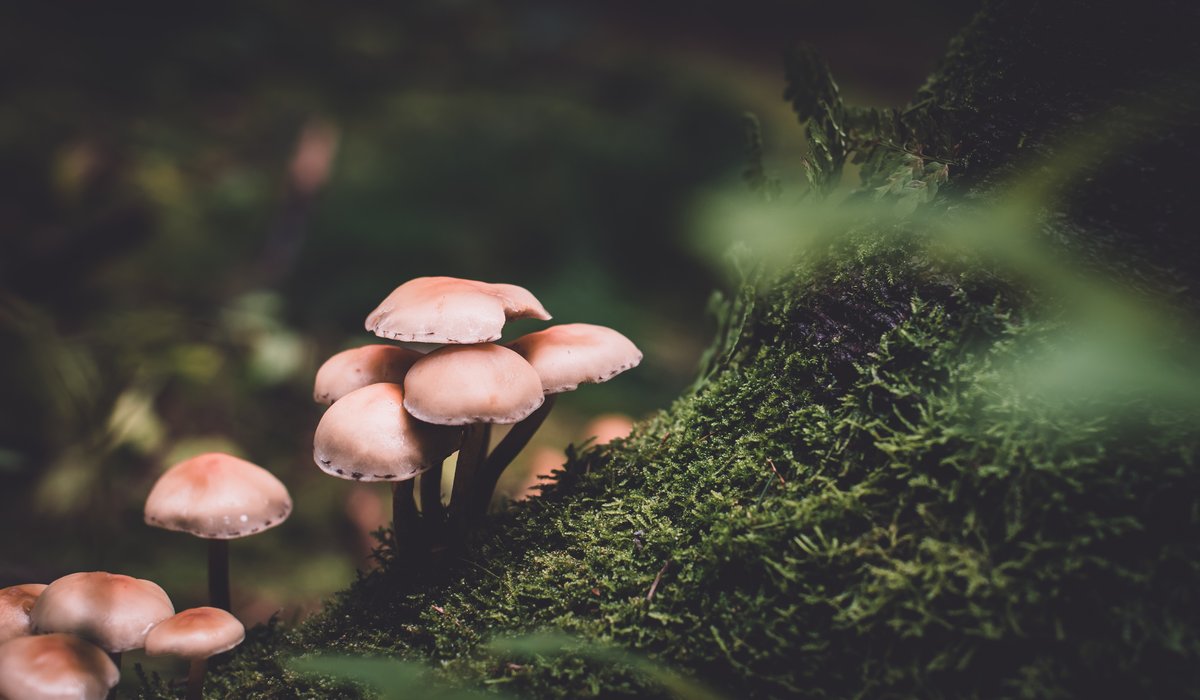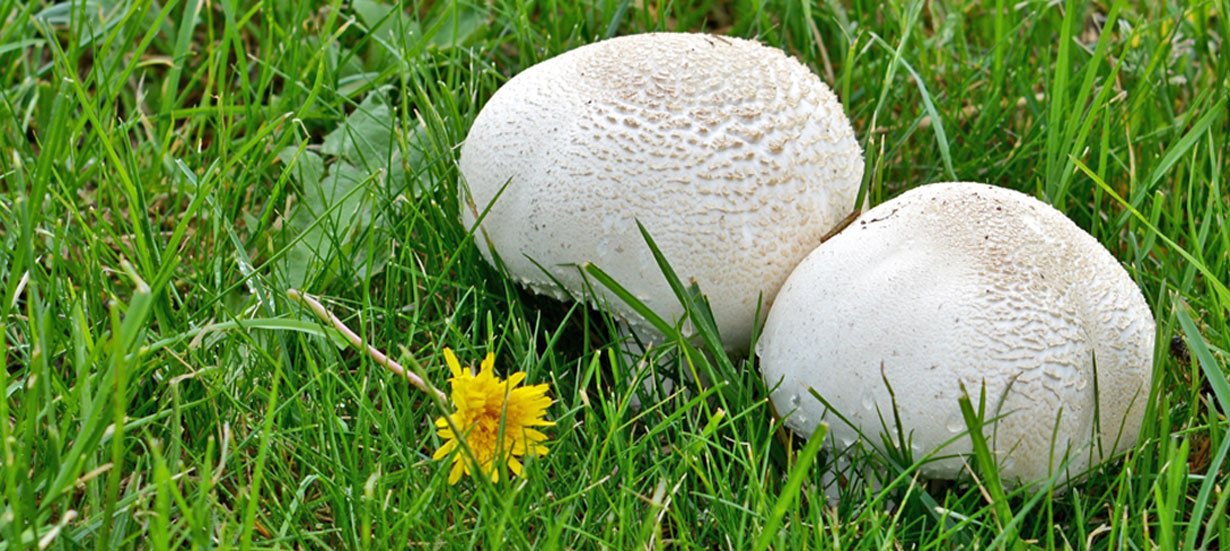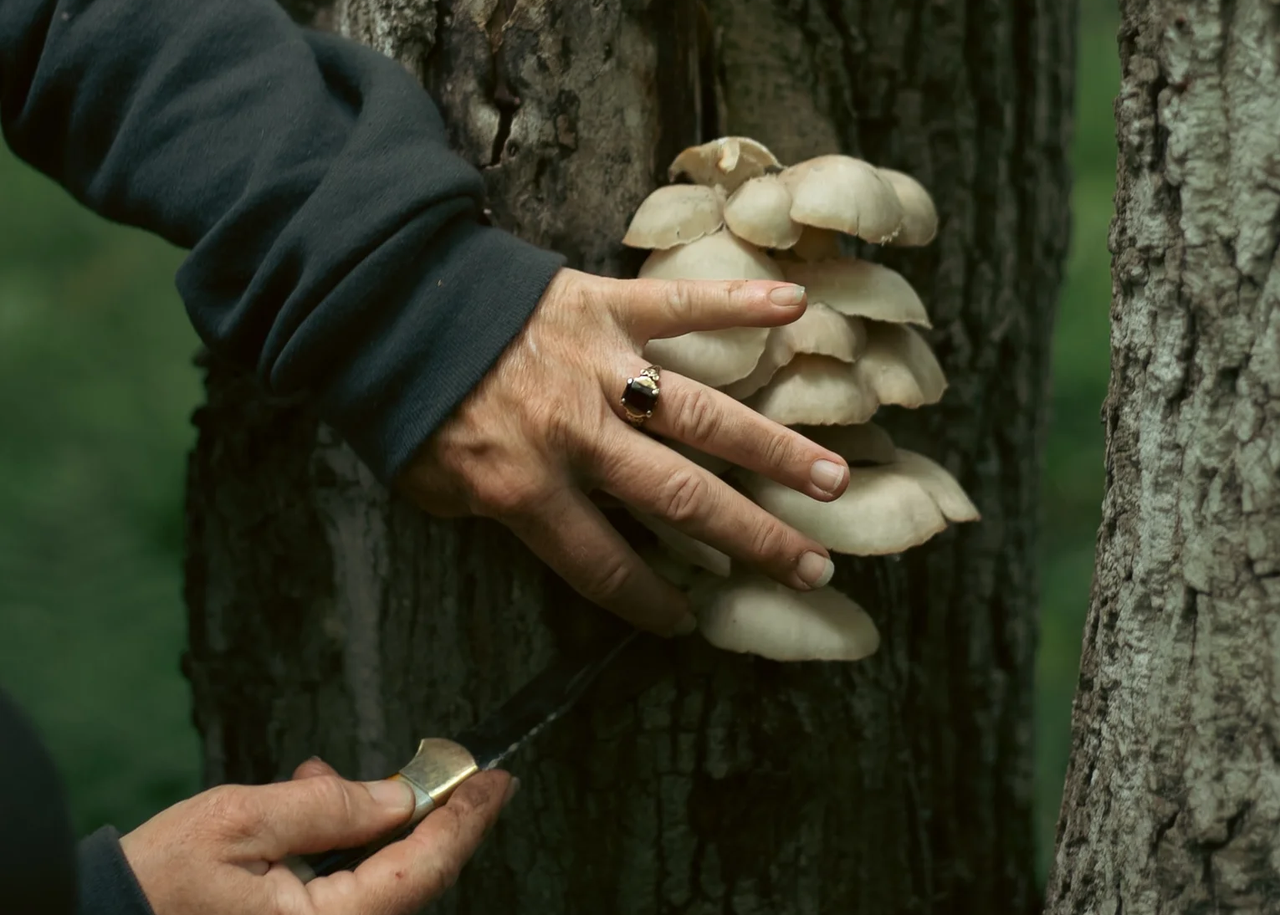Our new chapter: A 100% employee-owned agency

We are excited to announce that we are now 100% employee-owned, through the establishment of an Emp…

We don't just do cool things at work, we do cool things in our free time, too. So, from our John Harris, here's a brief introduction to mushroom hunting: how to start, where to go and what to do…
Autumn is here, and some of you may find yourself out and about on a long country walk, an idle stroll through the woods or simply relaxing in the garden (weather permitting). And at this time of year, you will most certainly come across many different kinds of wild fungi.
If you’re really interested in getting out there to start foraging, or simply looking out for mushrooms, you may have a few questions (or concerns!)
I’ve been mushroom hunting for nearly 20 years and it’s the easiest form of hunting as the mushrooms don’t run away from you. But they're often very tricky to find!
So, in this blog, I’ve addressed some of the most common queries, and laid down some key tips to help get you started.

Autumn is by far the best time as this is the height of the season, with many different species enjoying the ideal conditions.
However, mushrooms and fungi grow all year round (some are persistent for many years). Your pursuit will become all the more challenging throughout these months, but there are some interesting and choice mushrooms to be found. To mention a few, the edible Velvet Shank and Wood Blewits fruit through winter and early spring. The excellent St. Georges Mushroom grows in spring around the time of (you’ve guessed it) April 23rd and into May.
I have devised a simple seasonal mushroom calendar on my own blog, showing a list of the most common species you can find throughout the year - you can find it here.
No matter what the season, most ground mushrooms will appear soon after rain. The moist conditions quickly trigger the fruiting process, which is why so many seem to ‘pop up’ overnight. In these conditions you’ll have a better chance of finding more.
Mushrooms and fungi of all types are simply everywhere. Once you begin looking and start to develop your ‘foragers eye’, you’ll be seeing them all over the place, and not just in the typical woodland or field scenarios. You'll discover all different types of species in gardens, grassy verges, hedgerows – even on thatched roofs or breaking through pavements!
The best place to start would be taking a look to see what’s close to home. Look for local woods, fields, meadows and pastures, especially nature trails etc. Some fungi and mushrooms grow specifically in certain environments, such as coniferous or broadleaf woodland only, or mixed woodland, for example. Some fungi only grow in grassy habitats away from trees or in moss. Over time you'll become accustomed to where different species will appear.
If you’re not sure where to go or would like to go on a guided walk, contact your local mushroom foraging group. Visit this site to find out where’s closest to you: www.britmycolsoc.org.uk or www.abfg.org.

There’s very little you need in the way of equipment while out and about, you can just take yourself really. But there are several useful things you will come to rely on which can be very useful.
Clothing
Good boots are essential. It can get messy out there, so choose a comfortable walking boot with good grip.
Containers
If you wish to take home some mushrooms for further examination or consumption (assuming you know what they are - more on this later), then a wicker basket is a nature-friendly essential for collecting, allowing the spores to fall through the gaps as you walk about (this is also useful for carrying your other bits, too).
Try not to use plastic bags as this makes the mushrooms ‘sweat’ and become mashed up.
Knife/mushroom knife
A reliable knife for harvesting. There are specifically designed knives available too. See below.
For further information on the legal aspects for carrying a knife, view this article on UK knife law here.
Other bits & bobs

Ah yes, this is the most important part - you’ll need to identify exactly what you have found.
Naturally, this will be the most challenging part of mushroom hunting (apart from wading through the undergrowth in the rain and getting spider webs in your face). As you're probably aware, misidentification can have serious consequences such as poisoning – or worse!
But cheer up, don’t be put off. By using patience, common sense and some simple deduction skills, you'll slowly start to understand all the different types of fungi out there.
Identification requires you to observe several things. There’s simply too much to delve into here, but my blog has a specific section regarding mushroom identification: https://www.mushroomdiary.co.uk/mushroom-identification
If you intend to consume your finds, then it is understandable you will be very apprehensive about wading right in! Going out with a guide or expert is often the best thing to do here. There are several foraging groups to seek out; The local Leicestershire Fungi Study Group is a great place to start and learn while out in the field - and also have a nice walk thrown in too!
I hope you’ve enjoyed this introduction to mushroom hunting (I also hope it wasn’t too nerdy or amazingly boring). Feel free to follow my mushroom diary on X (formerly Twitter).